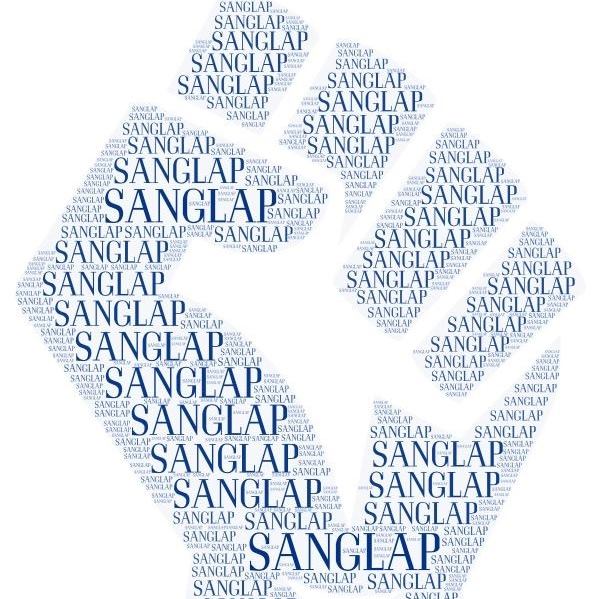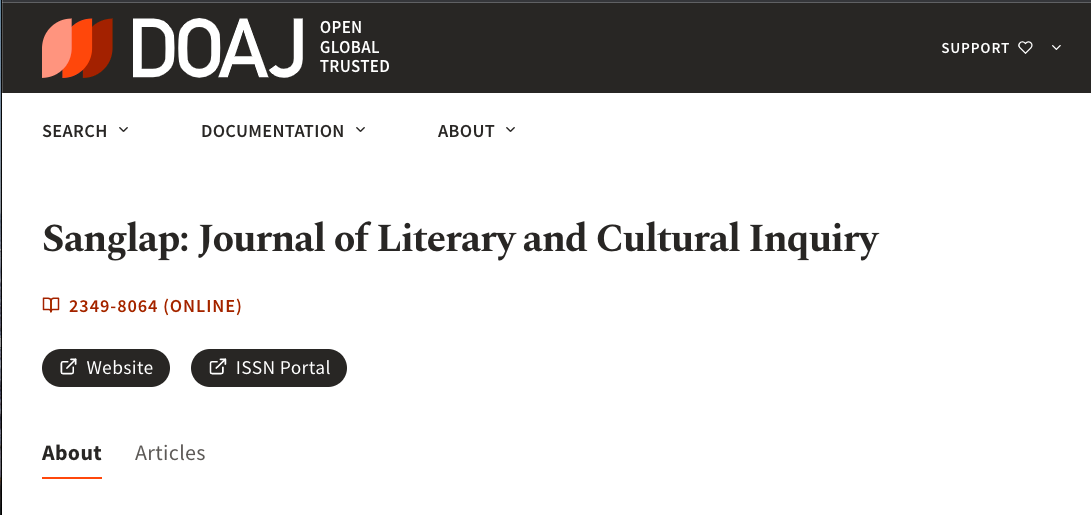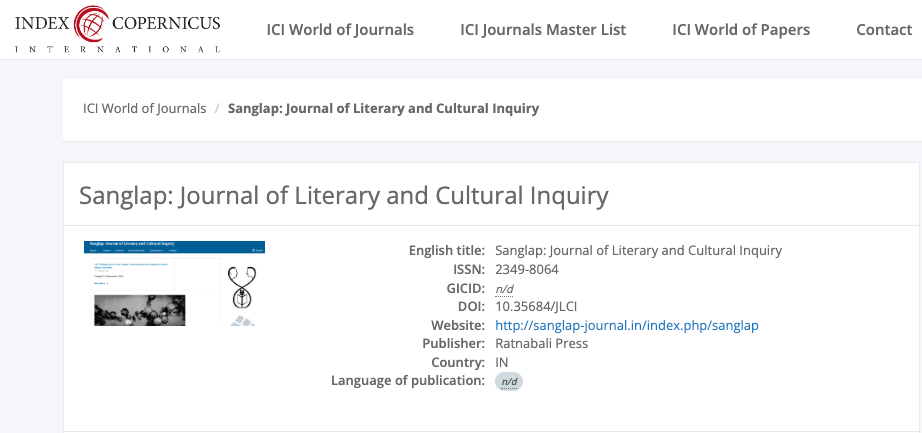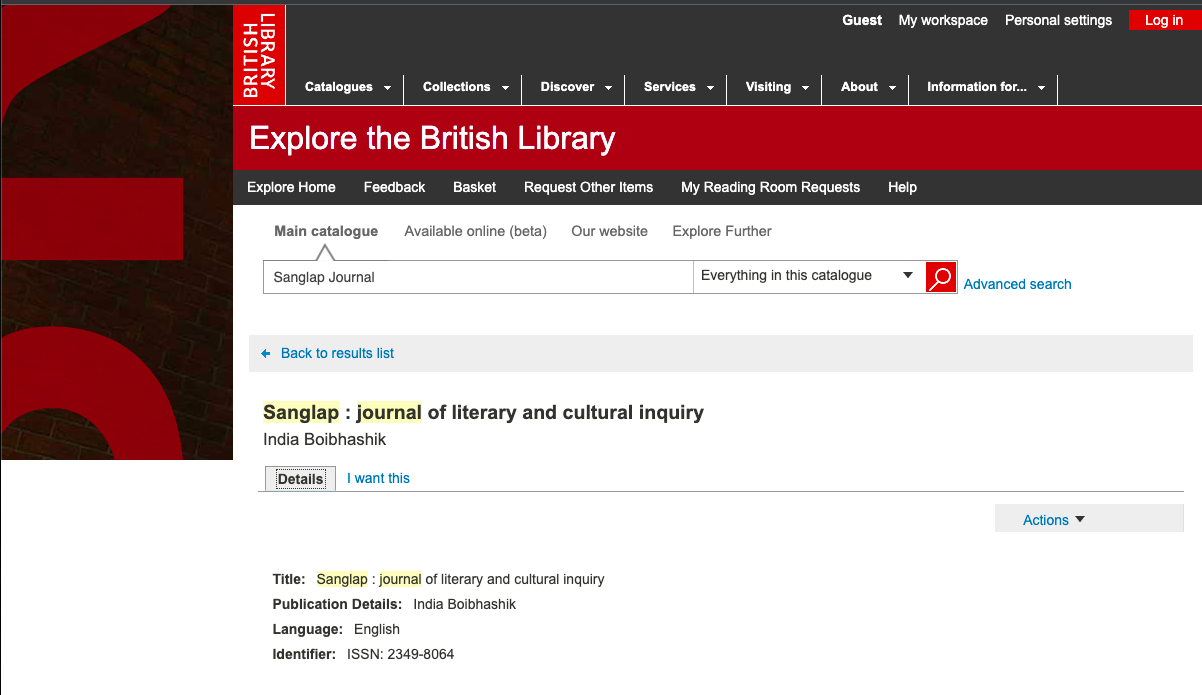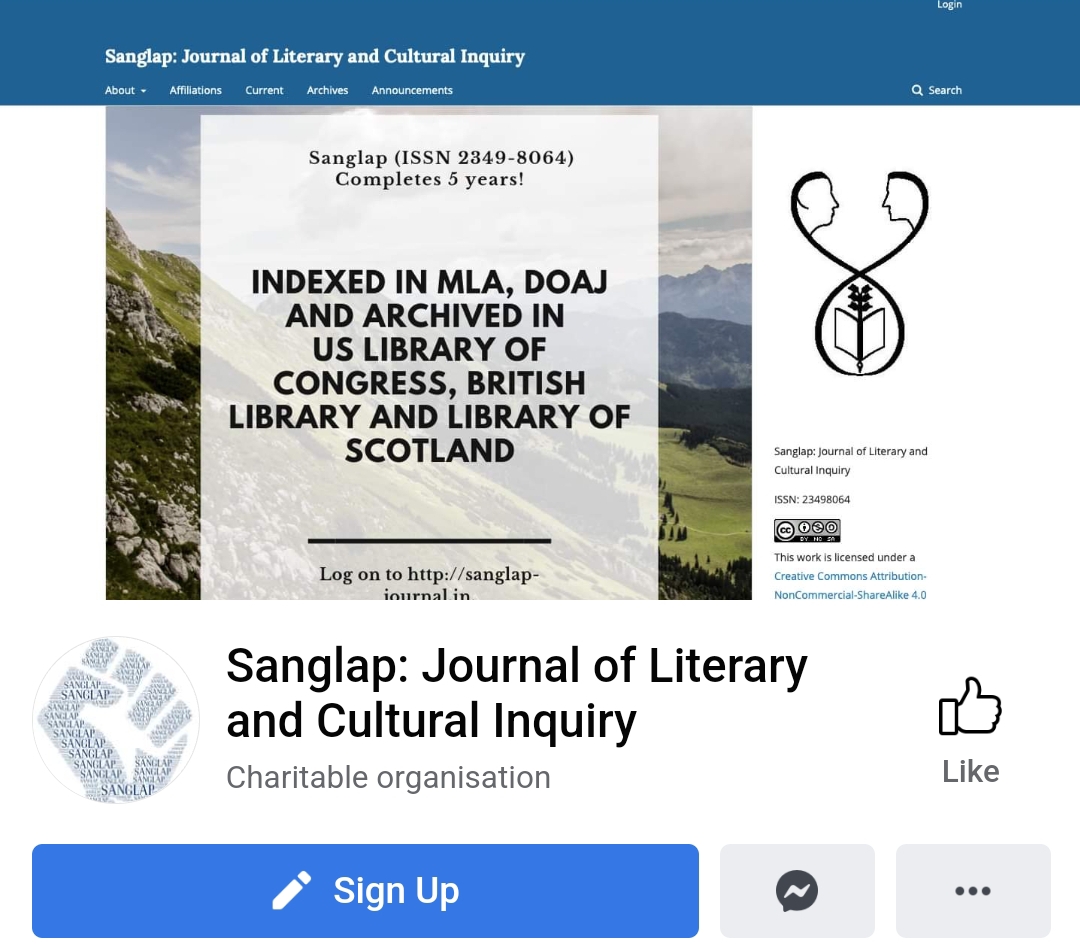Of Harps and Vīṇās: Translating ‘Tone-Values’ in Tagore’s Songs
Keywords:
Rabindranath Tagore, Gitanjali, Romanticism, song translationsAbstract
Rabindranath Tagore’s English translations of his Gitanjali secured him global influence and a Nobel Prize in 1913, but without effective acknowledgement of many of these poems’ prior musical existence, as songs. Subsequent retranslations have done little to correct this, and for historical reasons connected to the epochal transition from Romanticism to modernism around the First World War, translators have also tended to abandon the verse structure of the originals, “level down” the characteristically “high” diction of Tagore’s poetic idiom, and stick to a literal representation of individual images in the text. However, historical practices of translation from the early twentieth century, including those of Tagore himself, were much freer with literal meaning, aiming primarily to communicate a poem’s original emotional “effect” or aesthetic “essence” (rasa) – above all when a poem was to be sung in translation. Drawing on my own translations of Tagore, this paper looks at the consequences of taking such an approach today.

